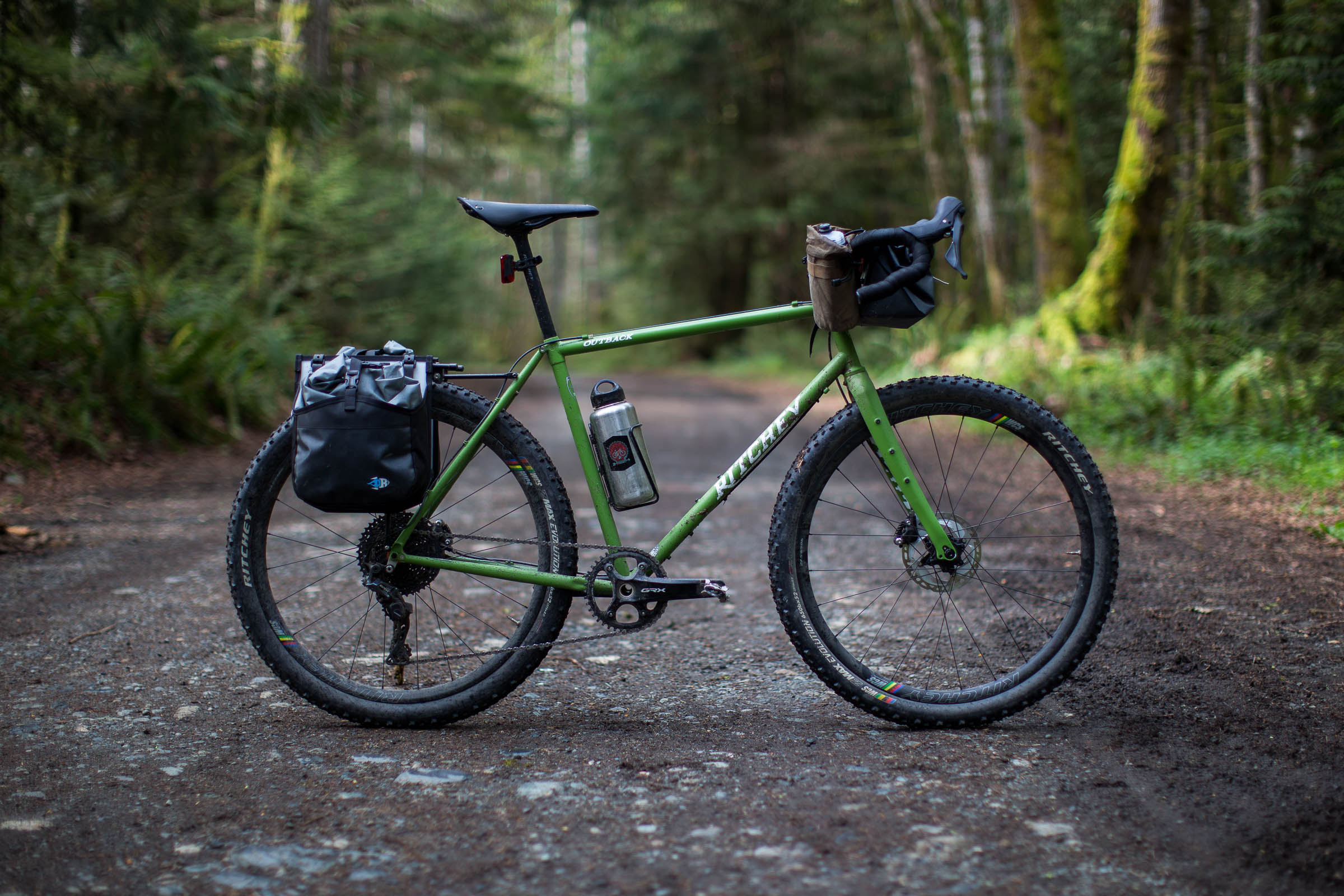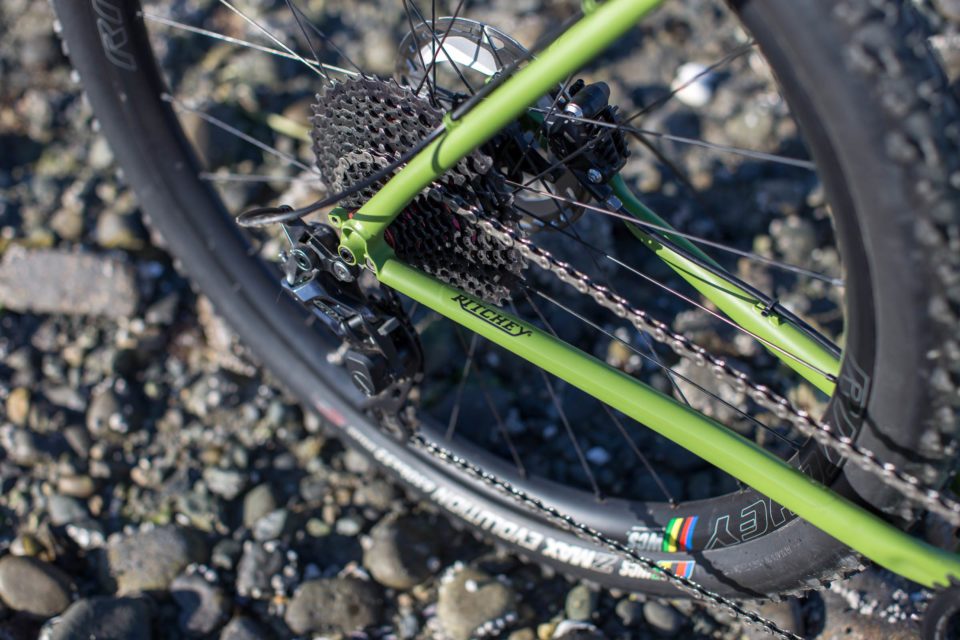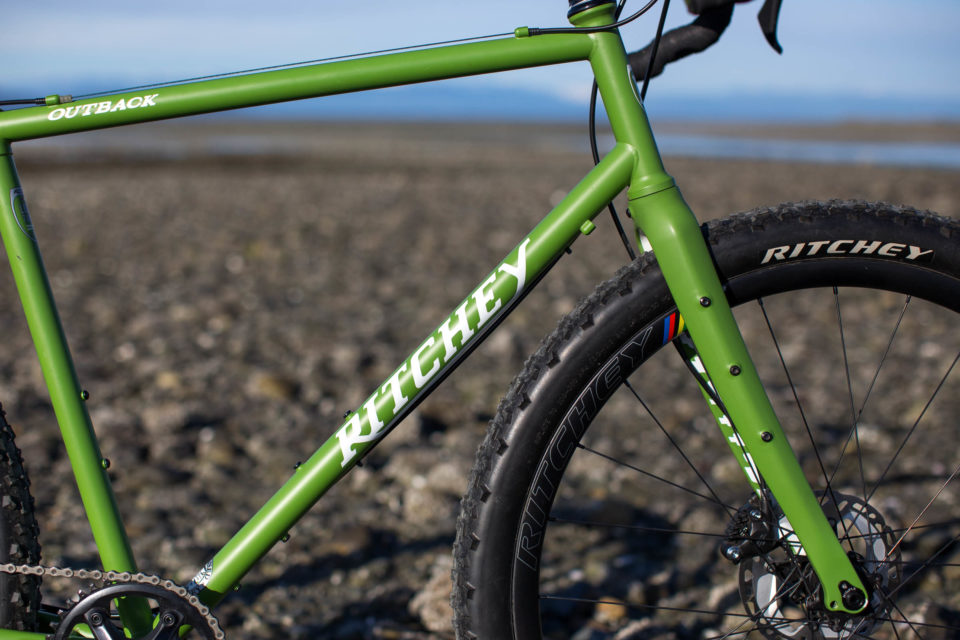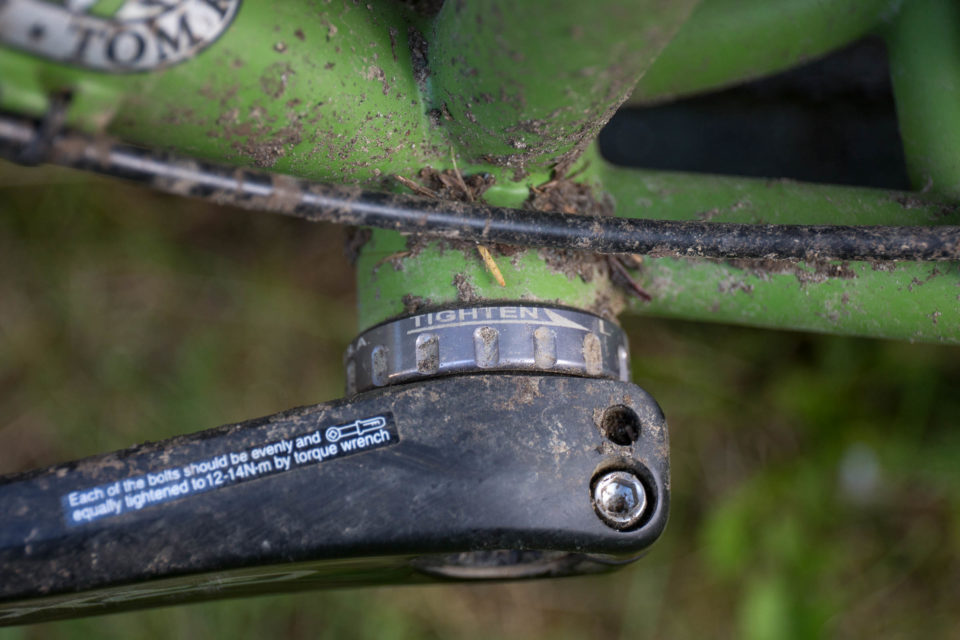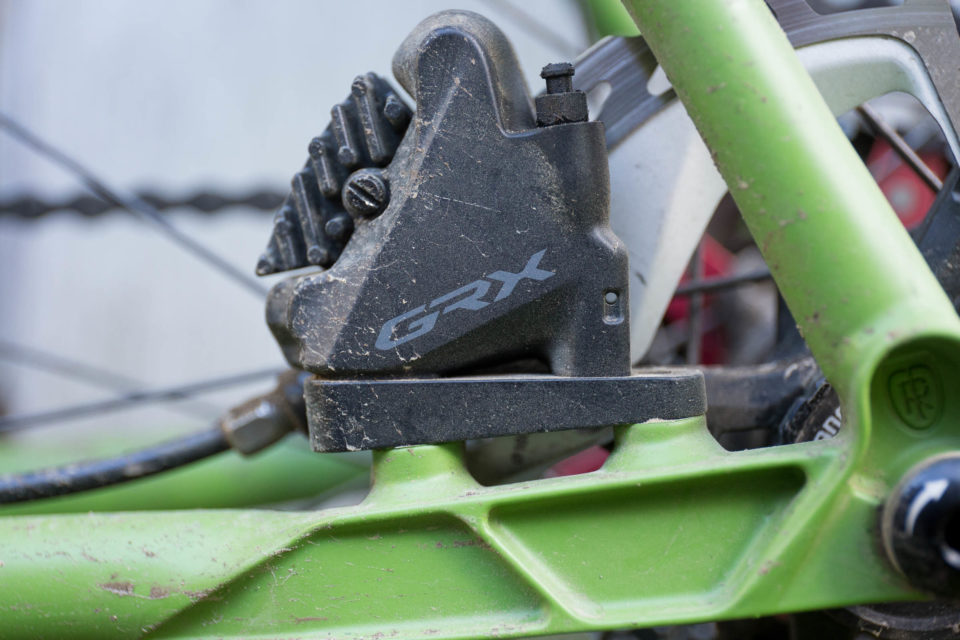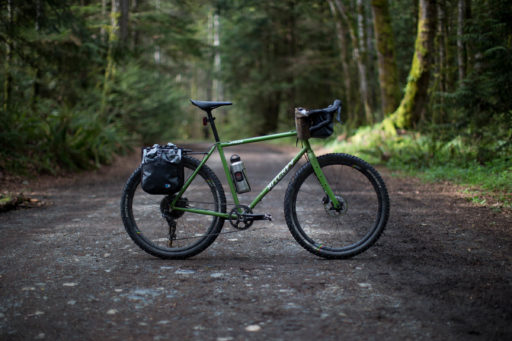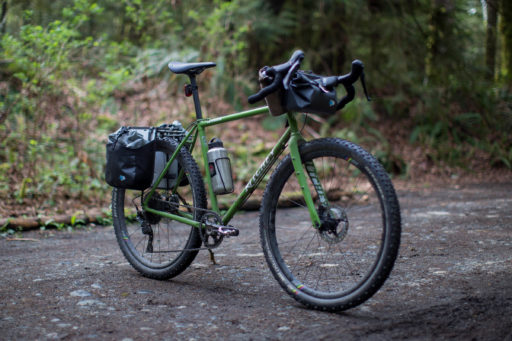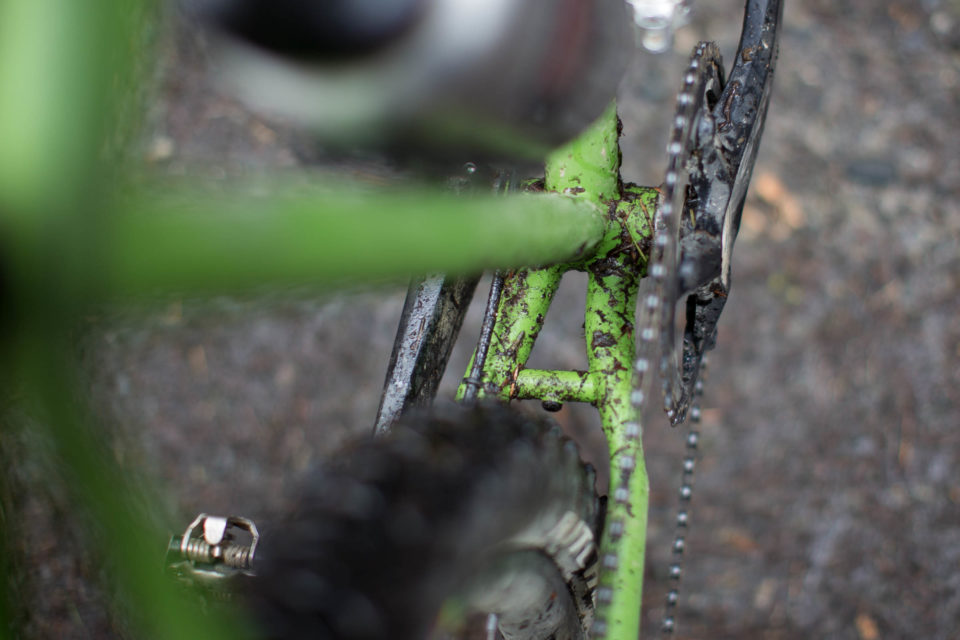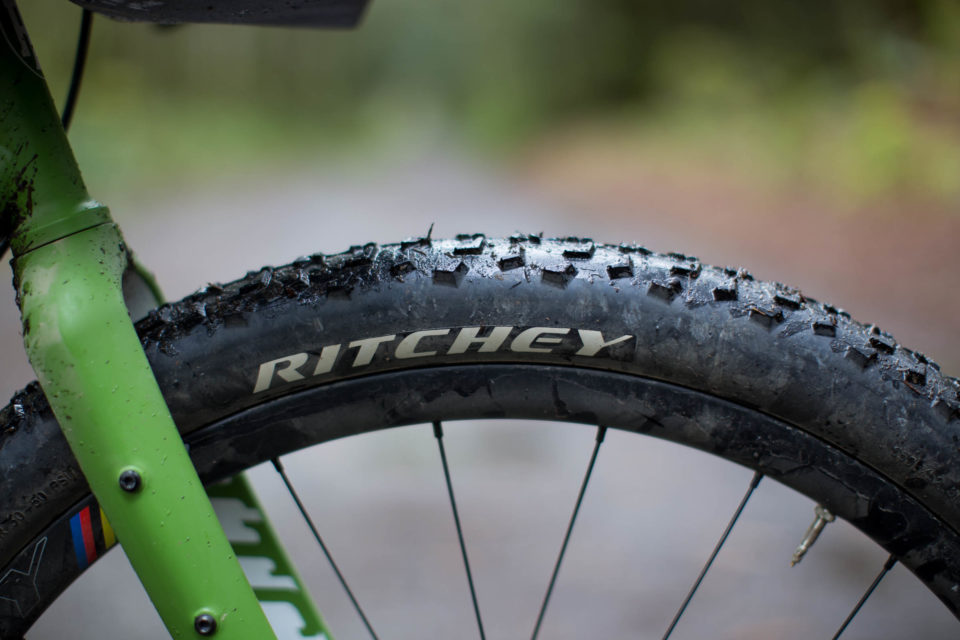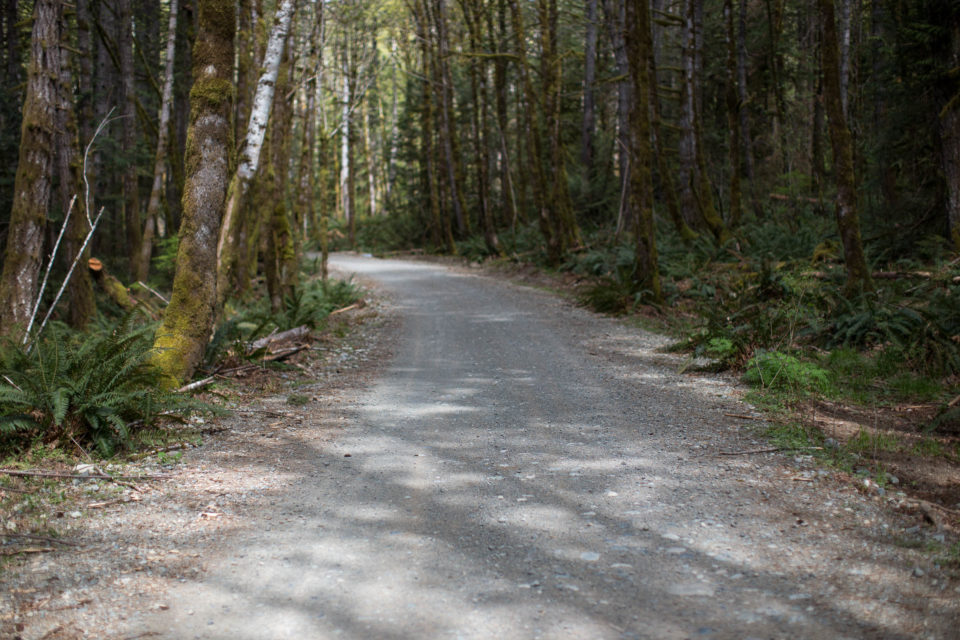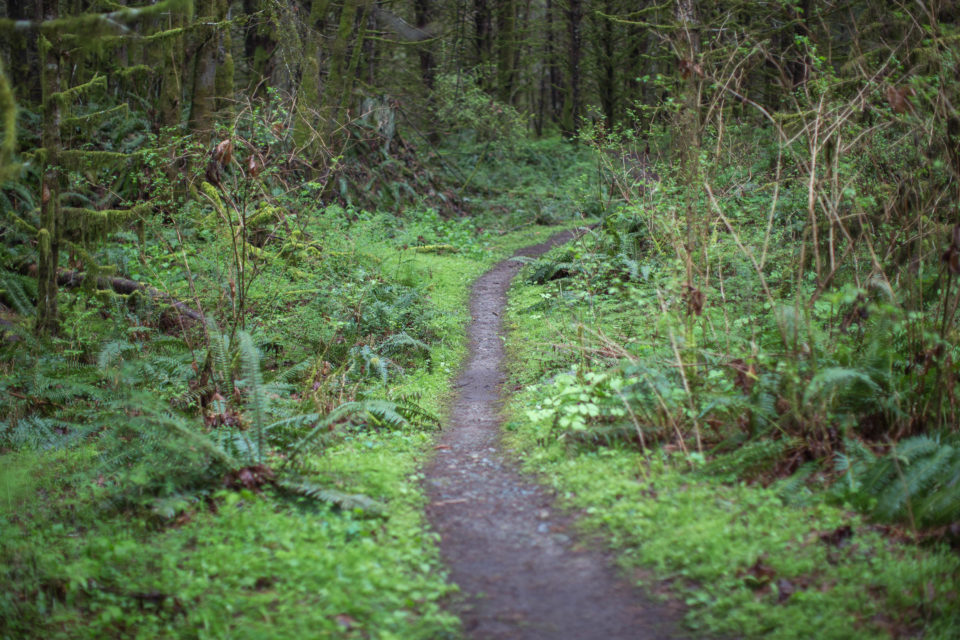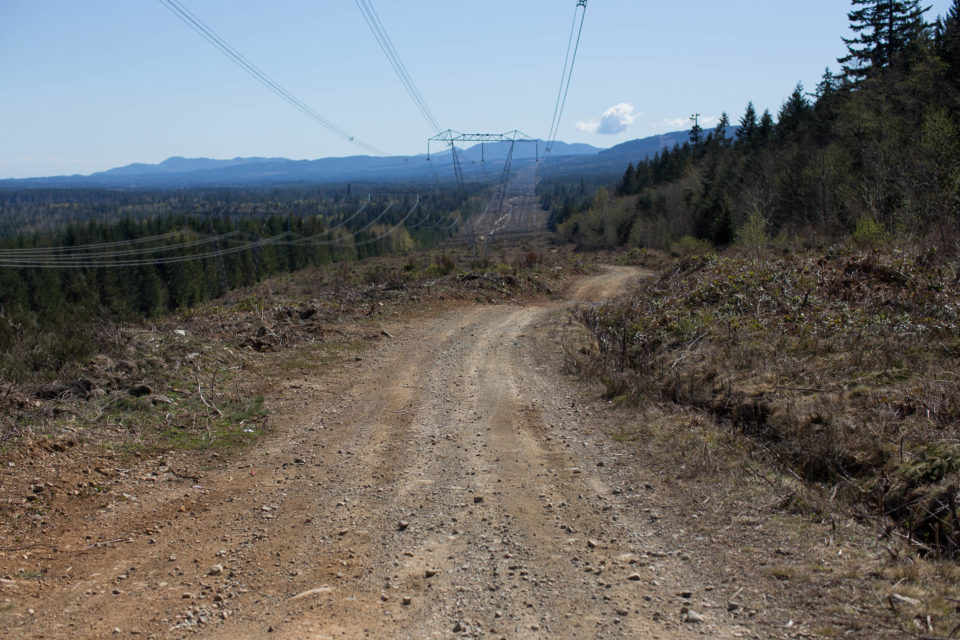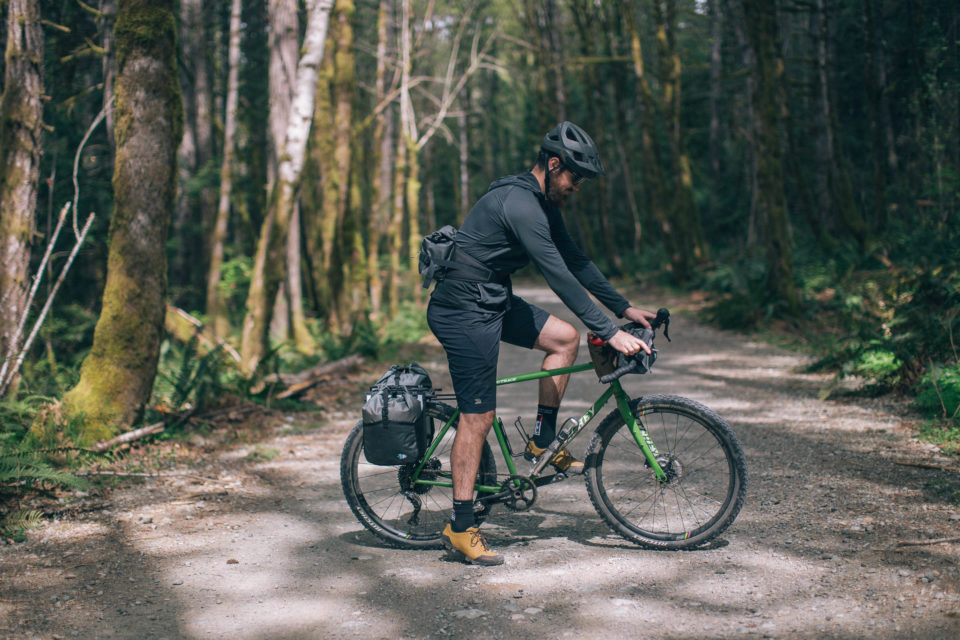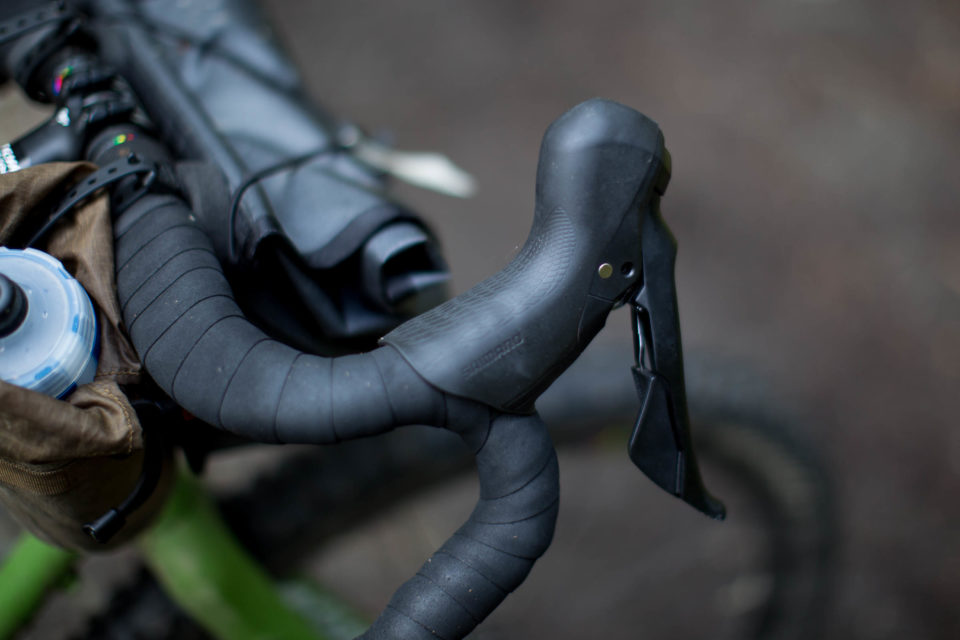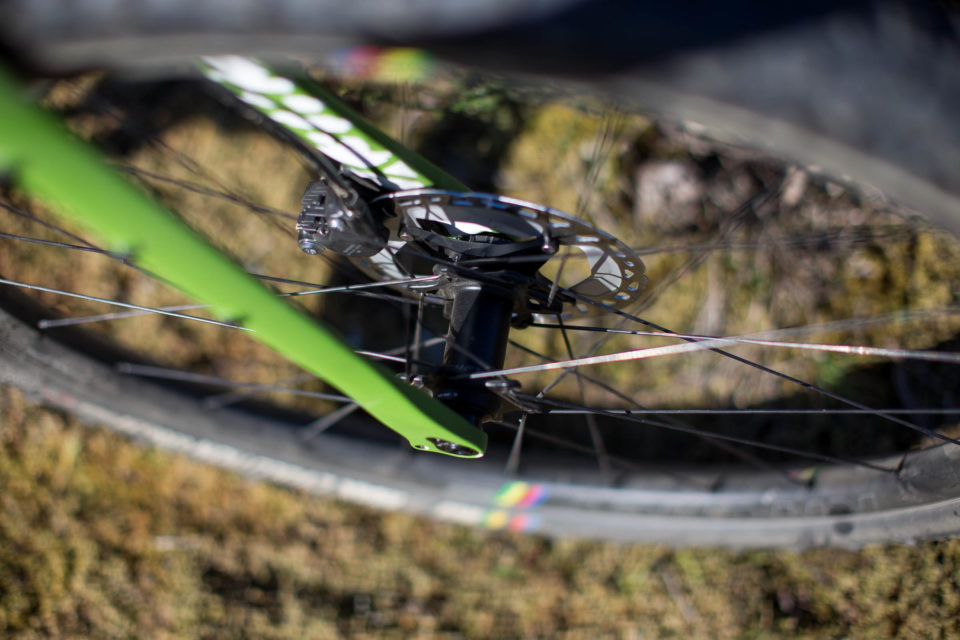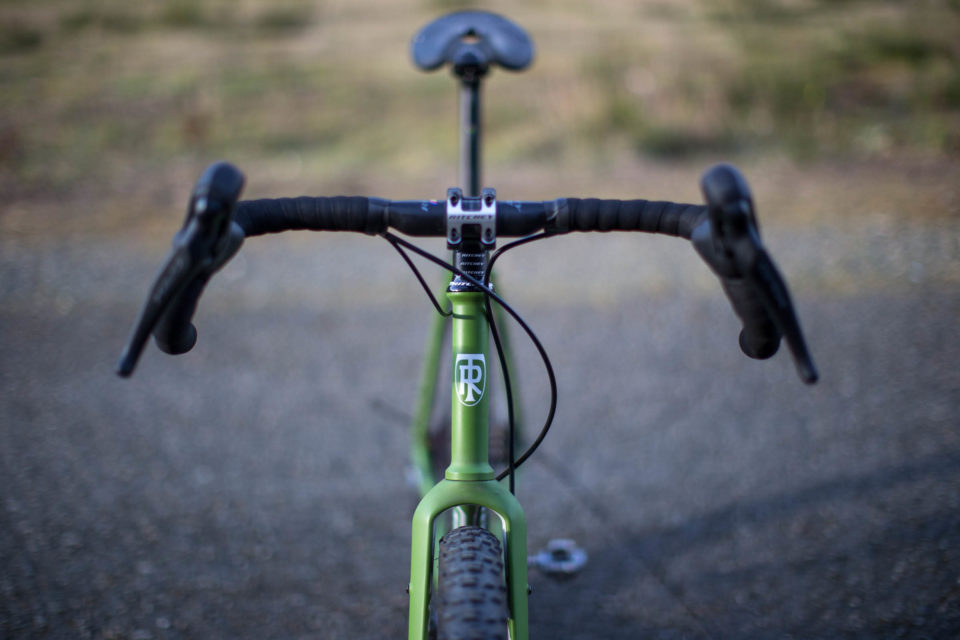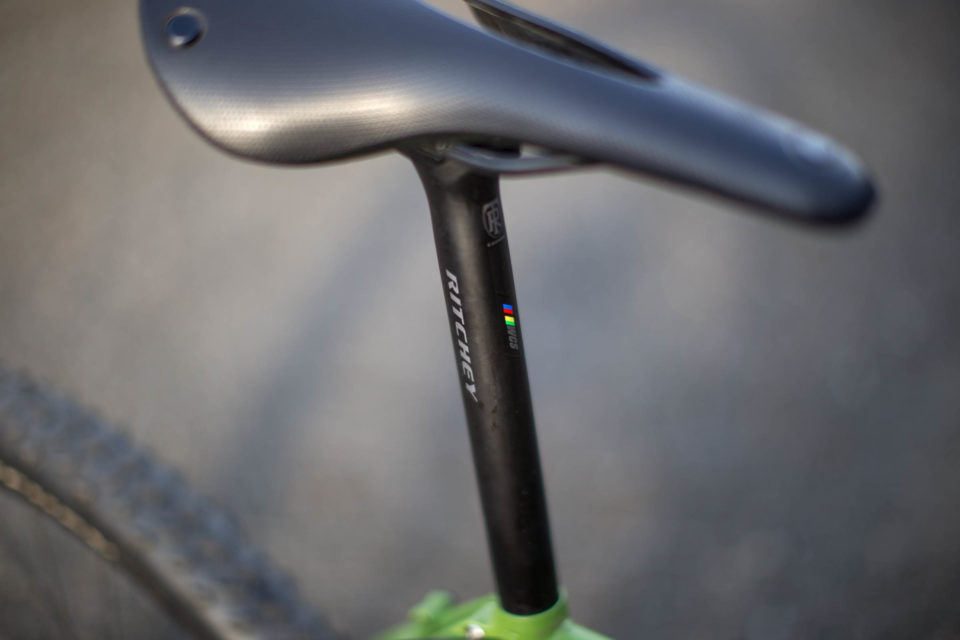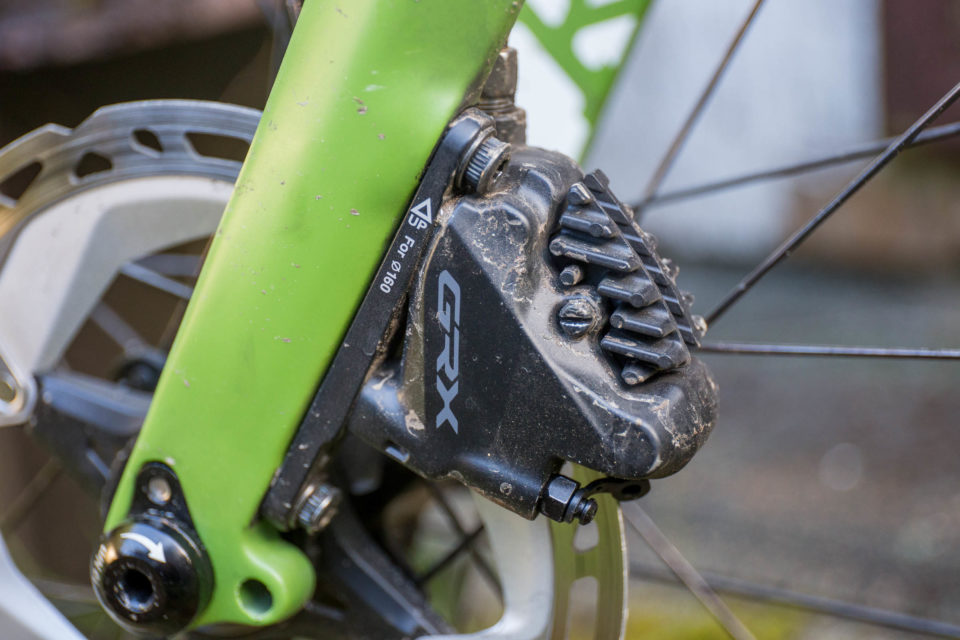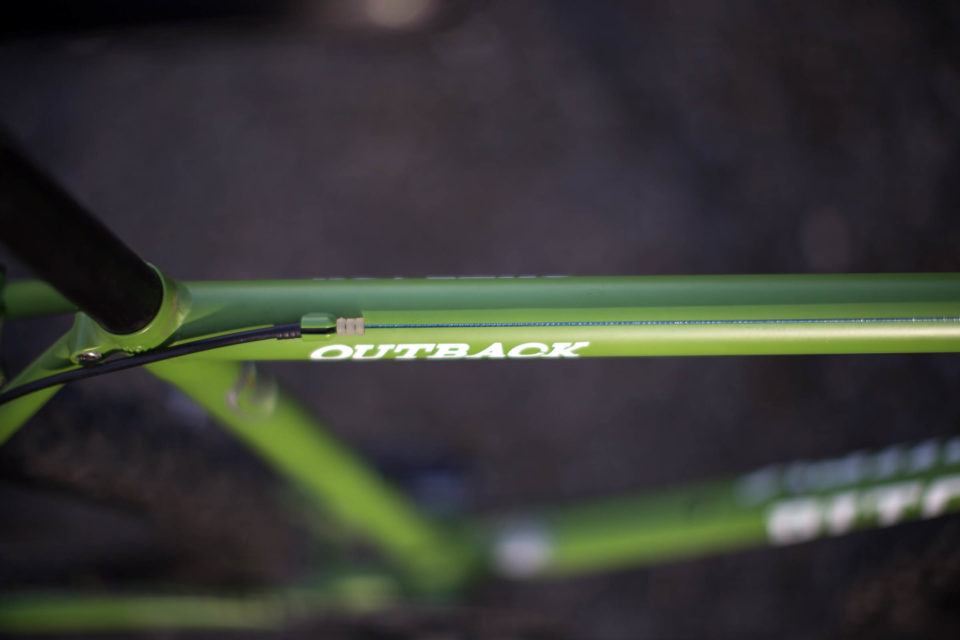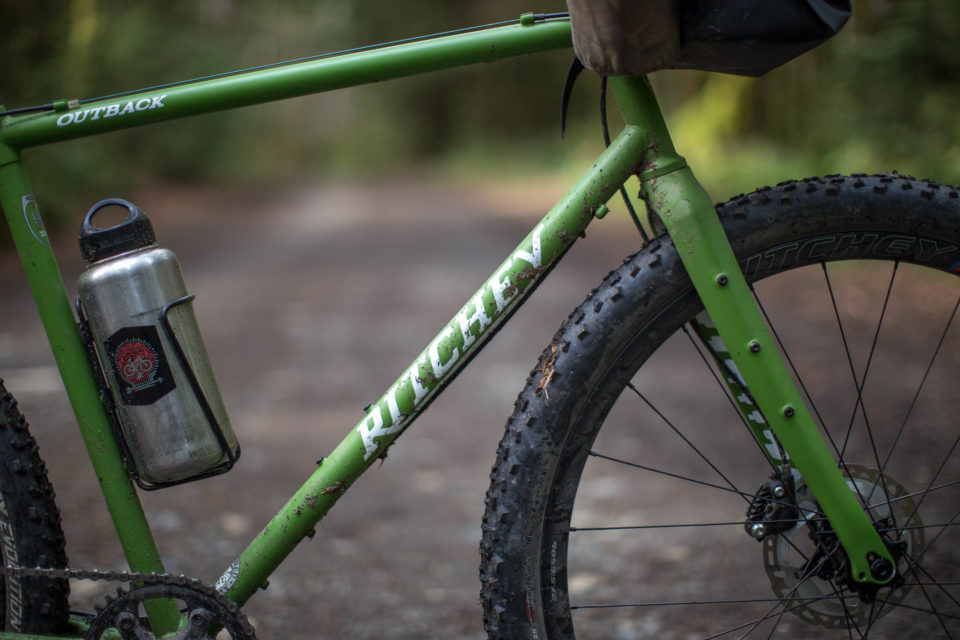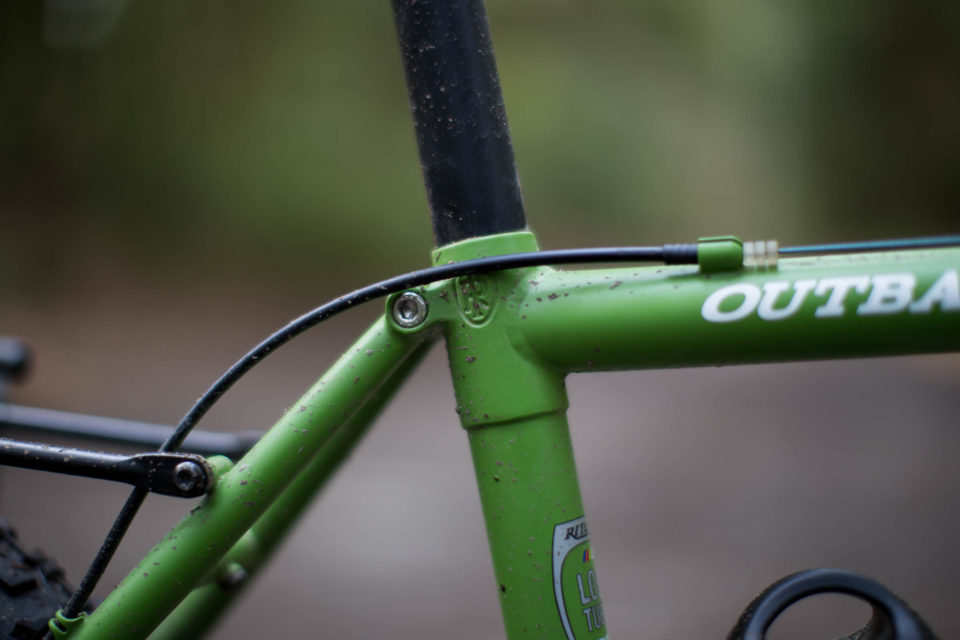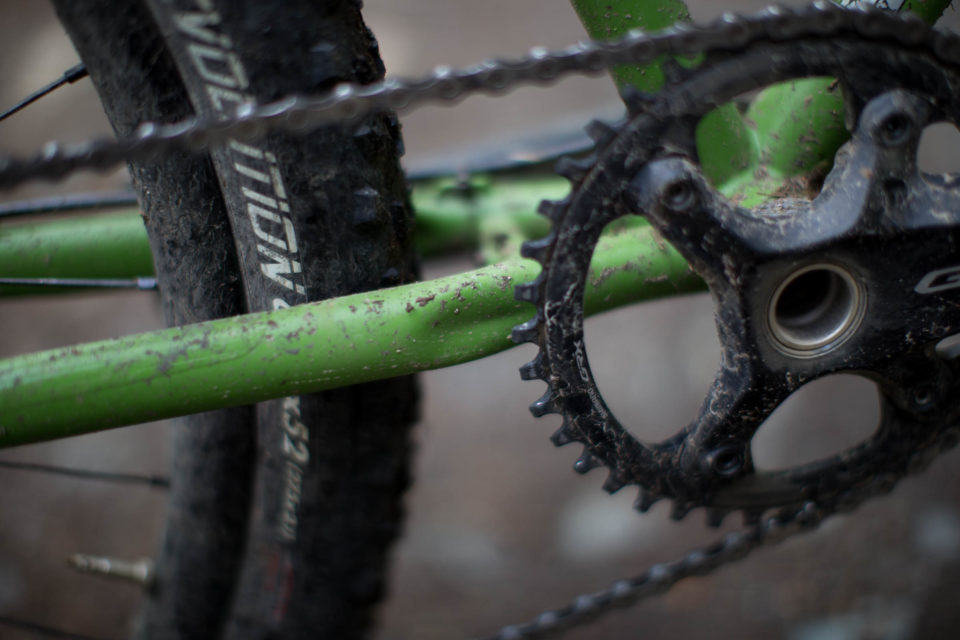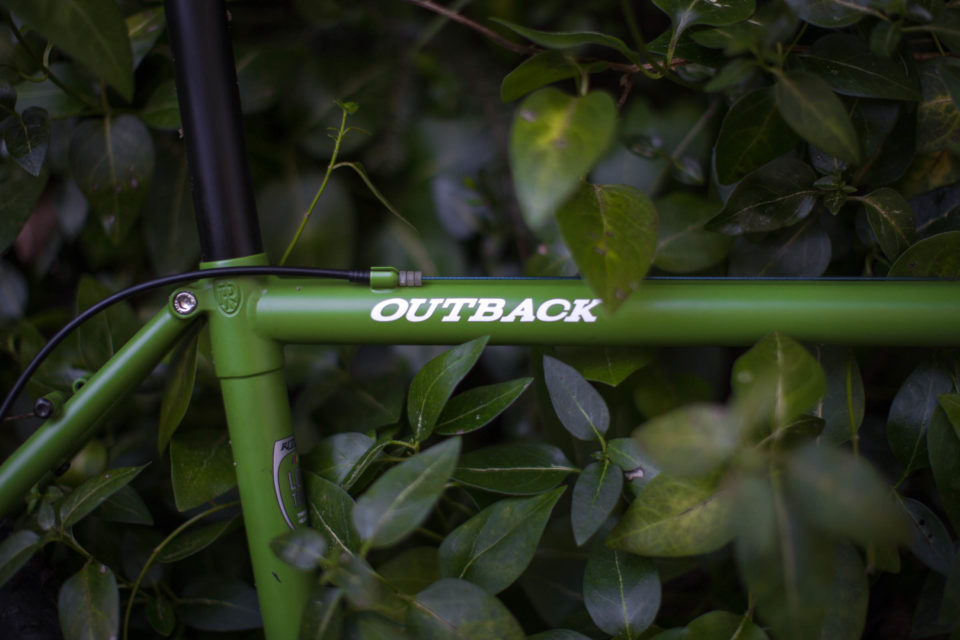2020 Ritchey Outback Review
Share This
Released this morning, the updated 2020 Ritchey Outback has more mounts, revised geometry, and clearance for 650b x 2.0” tires. We were lucky enough to get one a few weeks ago and have put together a full review to coincide with today’s launch. Miles spent that time cruising Vancouver Island’s dreamy gravel and dirt for this exclusive first look. Find Miles’ thoughts and lots of photos here…
The original Ritchey Outback garnered a lot of attention when it was announced back in September of 2017, likely owing to the fact that it strayed somewhat from the rest of Ritchey’s drop-bar lineup. And as with most other Ritchey bikes, it was available as a frameset only for those interested in building up a bike for exploring a wide variety of surfaces.
Updated for 2020, the new Outback frameset has received some promising updates that will be attractive to those looking to build up a gravel bike for the summer. I had the opportunity to test out a complete Ritchey Outback build prior to today’s launch, and I packed in as much riding as I responsibly could manage in the three weeks I had it. The entirety of my outings took place on Vancouver Island, scouting summer routes and logging roads, including several extended rambles loaded with snacks and water. Ritchey set me up with an Outback GRX build, complete with Ritchey’s own carbon WCS Vantage wheels, seatpost, VentureMax handlebar, and their WCS Trail Stem.
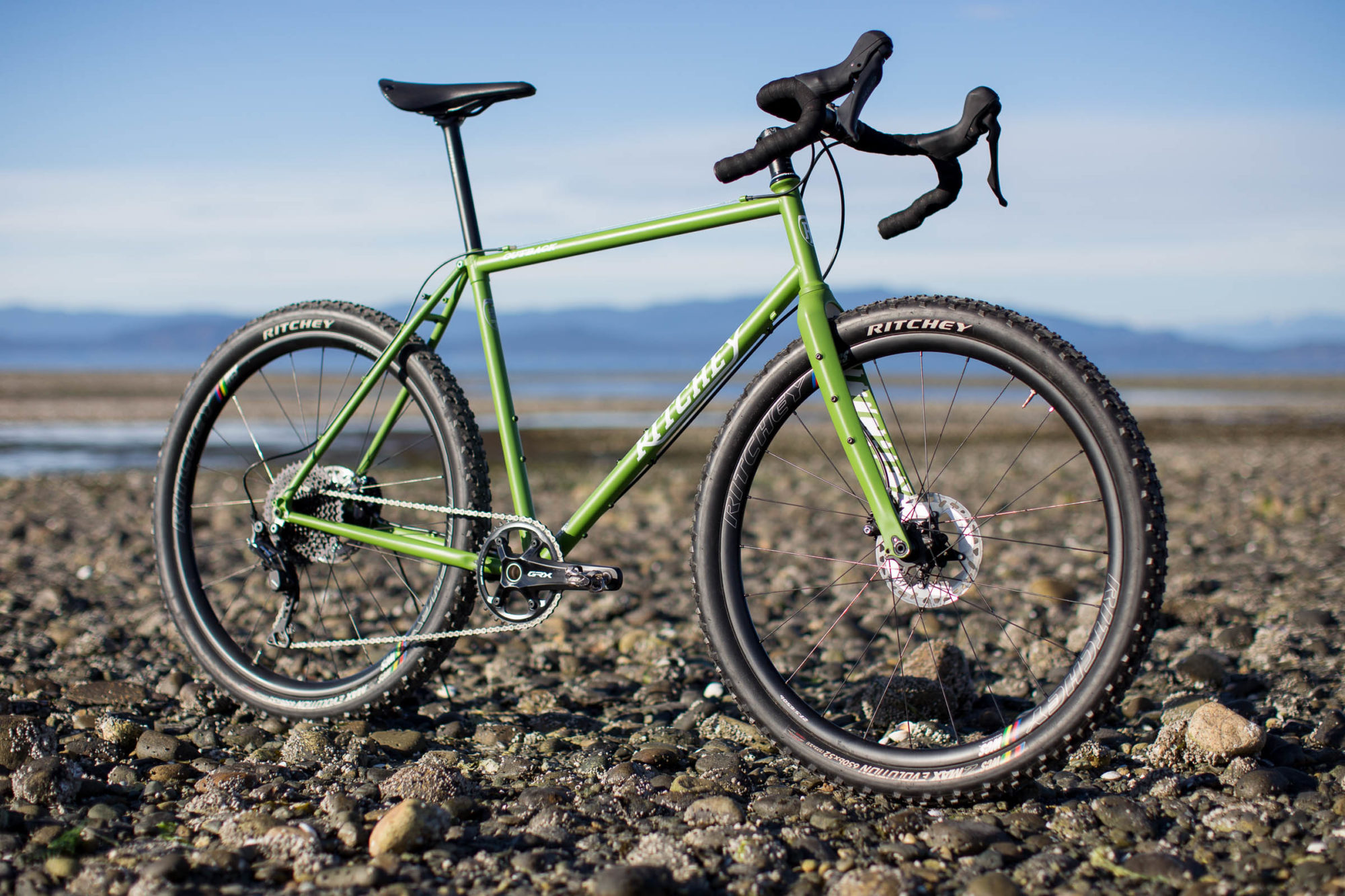
- Highlights (Large)
- Frame/Fork: Steel / Carbon
- Angles: 71° Headtube, 73° Seattube
- Reach/Stack: 390mm / 587.4mm
- BB Drop/Chainstay: 68mm/453mm
- Bottom Bracket: Threaded 68mm
- Hub specs: 142×12 (rear); 100×12 (front)
- Seatpost Diameter: 27.2mm
- Max Tire Size: 650b x 2.0” / 700 x 48mm
So, what’s new? There are a handful of notable changes that I see as worthwhile improvements over the first version. First, Ritchey added bosses for racks, full-coverage fenders, and additional bottles. The new Outback now has two bottle mounts in the main triangle, another one under the downtube, plus three-pack mounts on the fork legs of the new Ritchey WCS Carbon Adventure Fork. The new fork, while still carbon, now features an optional 15mm thru-axle kit, more rake, and an overall longer length. More on that later. Additionally, the Outback has more tire clearance—700x40mm updated to 700c x 48mm / 650b x 2.0”—and can unofficially fit select 2.1” tires as well. The frame is still TIG-welded with proprietary triple-butted Ritchey Logic steel tubing, uses a standard 68mm threaded bottom bracket, and has fully exterior routed cables.
There are also a few different geometry changes that align well with Ritchey’s vision for a more adaptable and comfortable ride. As mentioned above, the new Ritchey Adventure Fork is longer and offers more rake, plus the head tube angle is slightly more slack at 71° (size large). Taken together, this means a front end that handles fast, steep descents better but has slightly less snappy steering. The next big change is a wheelbase that is nearly 30mm longer. A big portion of this is found in the longer chainstays, which is one aspect of the bike that sets itself apart from other bikes we’ve ridden in this category. Otherwise, the rest of the numbers closely resemble those of the original Outback.
First Ride Impressions + Geometry
Without riding the original Ritchey Outback, I compared my first few rides to some of the other gravel bikes I’ve reviewed lately, including the Rocky Mountain Solo and Bearclaw’s Beaux Jaxon and Thunderhawk. Right away, the longer wheelbase reminded me most of the Beaux Jaxon. It’s a stable ride, but not nearly as playful or nimble when exploring tight singletrack. At 453mm, the Outback has longer chainstays than all three of the bikes mentioned above, and it was noticeable while riding. It didn’t feel as powerful while accelerating and was somewhat sluggish at lower speeds, but really came to life when cruising on slight downward grades. This is also where the handling and ride qualities of the steel frame were most noticable, providing some of the smoothest gravel riding I’ve ever experienced.
Interestingly, the Outback actually shares a resemblance to my Trek 520, which is much closer to traditional touring geometry. The long wheelbase creates a stable ride, and there’s no issue with heel clearance when using a rear rack and panniers, which I ended up doing on a few rides. A bike like this pairs well with a minimalist rear rack and a set of micro panniers, such as Porcelain Rocket’s Microwave Panniers, my personal favorites.
Aggressive enough to handle fast descents but still comfortable for all-day rides, I think the Outback’s riding position hits a sweet spot. That’s with a 90mm stem and 42cm wide bars, which is what my test bike came with. Swap those out for an 80mm stem and wider bars and I think the Ritchey could provide drop bar bliss for my style of riding. The Outback has a notably shorter top tube length and reach than other bikes in this category. While we continue to see long top tubes and short stems, Ritchey kept the top tube length quite short at 570mm on the size large, allowing for a slightly longer stem to achieve the same fit.
Although it’s fun to ride gravel bikes with ultra-short chainstays, aggressive front ends, and big tires, I’m of the mind that a hardtail mountain bike is often the better tool for the job. This is why I think the Ritchey Outback is actually closer to what a gravel bike should look like. I haven’t been tempted to ride much in the way of singletrack and find that it handles rough roads, doubletrack, and pavement more naturally. It rode better while in the saddle, which had me wishing for a wider range drivetrain, so I could have kept my weight in the saddle and spun easier up long climbs. I’d definitely consider pairing road shifters with a mountain bike derailleur and cassette for a bike like this (learn more about those options here).
Set up in 650b mode, I had some minor toe overlap, but I rarely made turns tight enough for it to be an issue. At 6’1” with a 33” inseam, the large was comfortable but a touch on the smaller side, and would have liked to try out the next frame size up. The standover height might be pushing it on the XL, but considering how I’ve been riding this bike I think it would be manageable. For those interested in one of these, take the time to look at the geometry and compare to a bike you’ve ridden before.
Build Details
Ritchey offers the Outback as a frameset only. As such, the build details aren’t as relevant as they are in our complete bike reviews, but it’s worth knowing what components I was set up with. Personally, I loved the build and there’s not much I would change if I were to build one up for myself. The Shimano GRX drivetrain makes total sense for a bike like this, albeit I’d personally prefer a wider range cassette. The mix of carbon Ritchey components paired with the steel frame was incredibly comfortable, and kept the overall weight of the bike down as well. As mentioned above, the 90mm stem was a touch long for me, and I could have used some wider handlebars. Speaking of bars, this was my first time using Ritchey’s new WCS Carbon VentureMAX handlebar, and I was very impressed. The ergonomic top, shallow drop, 24° flare, and off-road specific GRX hoods add up to the most comfortable drop handlebar setup I’ve used.
Find the complete build kit below, which includes my own saddle, pedals, and some fresh bar tape.
2020 Ritchey Outback GRX Build Kit
- FRAME Ritchey Outback V2
- FORK Ritchey Carbon Adventure Fork
- REAR DERAILLEUR Shimano GRX RD-RX812
- SHIFTERS Shimano GRX RX600
- CASSETTE Sunrace MX8, 11-42T
- CHAIN Shimano HG-X11
- BB Wheels MFG Threaded
- HEADSET Ritchey WCS Logic
- TIRES Ritchey Z-Max Evolution, 650b x 52mm
- WHEELSET Ritchey WCS Vantage, 24 spoke
- ROTORS Shimano XT RT-MT800, 160mm
- BRAKE CALIPERS Shimano GRX BR-RX400
- CRANKSET Shimano GRX FC-RX810 (172.5mm)
- CHAINRING Shimano GRX, 40T
- PEDALS Shimano XT
- HANDLEBAR Ritchey WCS Carbon VentureMAX, 42mm
- BAR TAPE Bontrager Cork
- STEM Ritchey WCS Trail, 90mm
- SADDLE Brooks Cambium C17
- SEATPOST Ritchey WCS Carbon, 27.2mm
Something to note is that my test Outback came with 650b x 2.1” Ritchey Zmax Evolution tires, which fit uncomfortably close to the chainstays, whereas the fork and seat stays had around 5mm of horizontal clearance, which seems adequate. In terms of performance, they were great tires and are perfect for exploring different types of terrain. They rolled fast on pavement, shed mud well, and gave enough grip to let things loose on descents. I think Ritchey’s claims of a 2.0” max tire is appropriate, and rather than running a higher-volume tire, I’d personally opt for something fast rolling like the WTB Venture or one of Donnelly’s 650b x 50mm tires. With a relatively high 68mm bottom bracket drop (size large), the new Outback hits a sweet spot for running most road plus 650b x 47-50mm tires and should feel equally at home with some slightly narrower 700c tires.
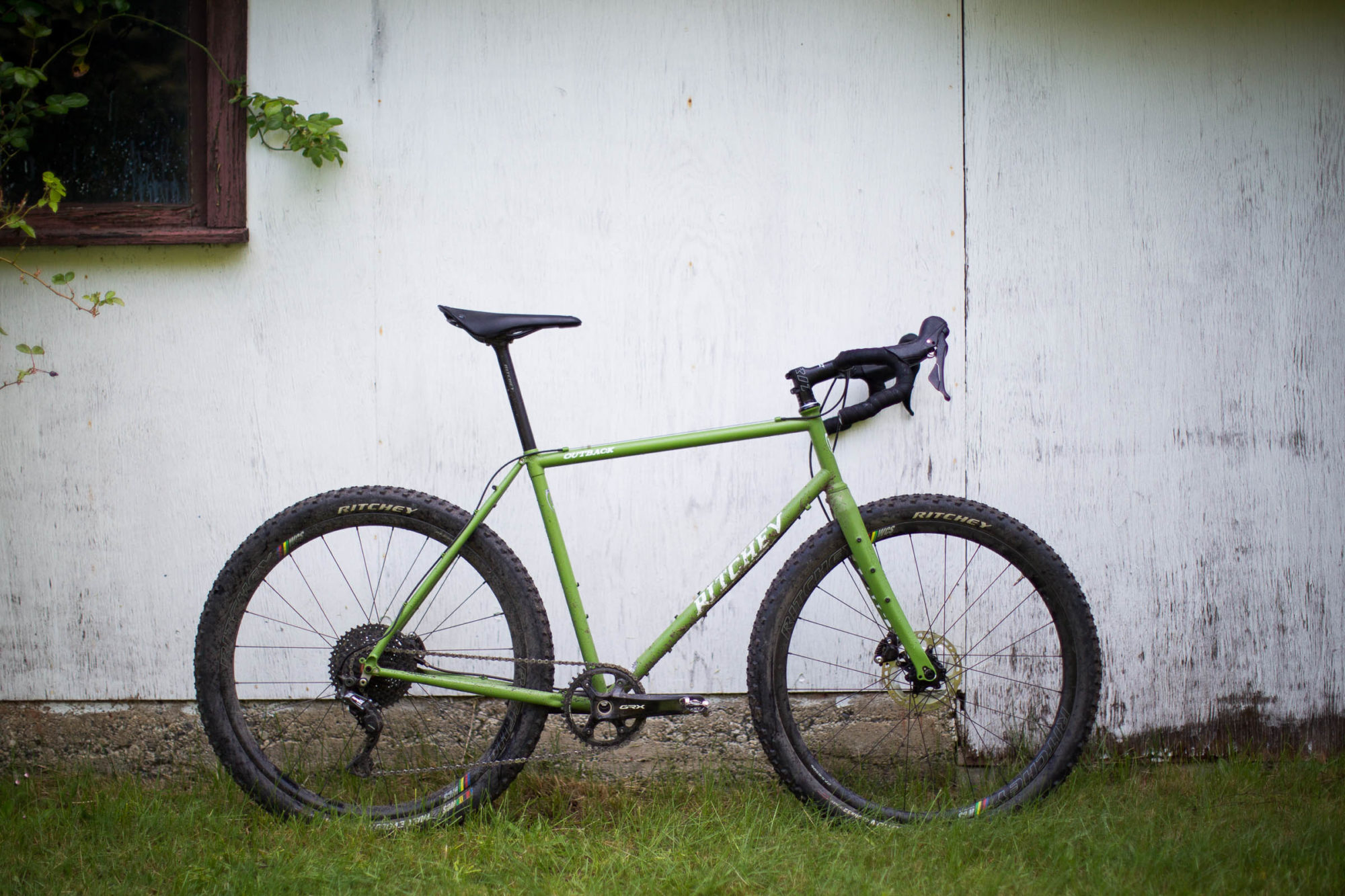
Ritchey WCS Carbon Adventure Fork
The new WCS Carbon Adventure Fork is a standout feature of the redesigned Outback. I think it deserves at least partial credit for the bike’s ultra-smooth ride, and it just so happens to look great. The shallow blades of the fork pair well with Ritchey’s small diameter steel tubing, which often isn’t the case when running a modern carbon fork on a steel bike. Plus, I’m happy to report that the fork is also available as an aftermarket purchase, but it will be offered in a UD Matte Carbon finish instead of the Guac y Crema green to match the Outback.
I was curious about the straight steerer tube, and Ritchey’s Marketing Manager, Fergus Liam, had a great response. “Yes, straight steerer. That’s our signature and inherent to our philosophy of frame design. Straight steerer does a lot to mitigate harshness of terrain by accepting the forces impacted on the front end. Tom will refer to it as a resonance. I think you’ll find it doesn’t equate to a flexy or soggy front end, rather an ease of strain on the cockpit. We see the industry moving to make the front end of off-road bikes overly stiff by introducing tapered headtubes and then having to figure out ways to make the ride comfortable after the fact.”
The Carbon Adventure Fork has a 393mm axle-to-crown length, clearance for 650b x 52mm (27.5 x 2.0”) / 700 x 48mm, and comes with a 12mm thru-axle, but there’s an optional 15mm conversion kit. Ritchey claims a weight of 445g with an uncut steerer and no thru-axle. The cargo cage mounts are rated for 3kg (6.6 lbs) per side, and the flat mount disc brakes are compatible with 140 and 160mm rotors.
- Steerer: 1-1/8″ straight with integrated 45-degree crown race
- Axle: 100x12mm thru-axle, 15mm conversion available
- Axle-To-Crown: 393mm
- Rake: 50mm
- Horizontal Spacing: 60mm
- Weight: 445g (with uncut steerer / no axle)
- Price: $469.95 USD
- Manufacturer’s Details: RitcheyLogic.com
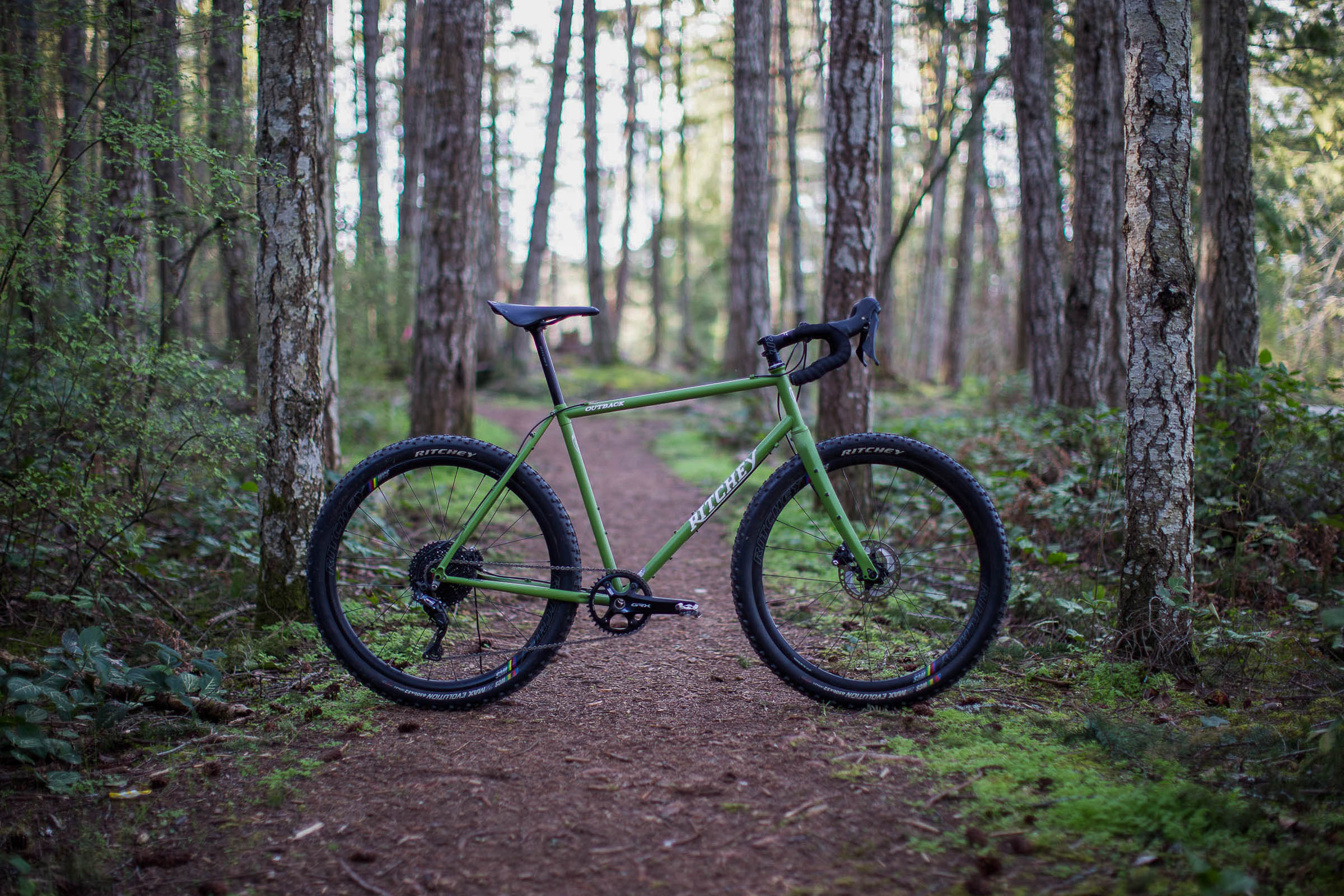
What’s Missing
Ritchey certainly found some room for improvement in designing the 2020 Outback, and they nearly hit a home run. Everyone loves more tire clearance, additional mounts are nice, and the new fork is fantastic—so, what’s missing? First, considering how nice modern shift housing and cables are, exposed shift cables have no benefit to the rider and makes running a framebag pretty difficult. I would have loved to run my huge Porcelain Rocket 52hz Road bag on the Outback, but that would have required some DIY shift cable protection, and it just feels like a huge miss. Out of all of Ritchey’s drop bar bikes, this would be the one to run a framebag on. It would have been nice to see full-length housing routed under the top tube, instead of segmented housing on top. To be fair, I did ask Ritchey why they didn’t do full length housing and their reasoning was more related to aesthetics than anything else, and they suggested frame bag straps could be run under the cable instead.
The new frame received more mounts, including rear rack and fender compatibility—but no proper front rack mounts. There’s also no fork crown mount, which is a popular spot to mount dynamo lights. Ritchey’s new Adventure Gravel Fork is a great looking fork, has three-pack mounts, a thru-axle, and likely would be a highly desirable aftermarket fork if it didn’t use a straight steerer tube. It would have been nice to see some additional lower mounts for a front rack, since no one wants to be clamping anything onto a nice carbon fork.
Otherwise, the Outback offers the majority of frame specs I’ve come to expect from a modern gravel bike. Including a threaded bottom bracket, three bottle mounts, reasonable tire clearance, and a comfortable fit that’s suitable for multi-day riding. In my opinion, the exposed shift cable is the biggest miss, and I’m not willing to compromise when it comes to a nicely fitting frame bag.
Pros
- Comfortable steel frame provides a great foundation for a gravel touring rig.
- Modern specs like 650b x 2.0” tire clearance, thru-axles, and multiple bottle mounts.
- New WCS Carbon Adventure Fork is nearly perfect and looks great.
- Aesthetically pleasing bike with lots of great little details.
Cons
- Exposed shift cable limits frame bag compatibility.
- No front rack mounts.
- Long rear end makes for a less playful ride.
- Model / Size Tested: 2020 Ritchey Outback, Size Large
- Weight (Frameset): 4.79lbs (2.17kg)
- Place of Manufacture: Taiwan
- Price (Frameset): $1,399 USD
- Manufacturer’s Details: RitcheyLogic.com
Wrap Up
I didn’t dive too deep into the geometry before receiving the Outback, so I didn’t know what to expect. The majority of gravel bikes we’ve seen here on BIKEPACKING.com seem to sport short chainstays and massive tire clearance—it feels like most manufacturers simply went along with these trends to stay…well, trendy. I’ve had this debate with the majority of the editor team, but I’ll echo my opinion again here. If I need over 2.1” wide tires on a drop bar bike, I’m probably in a scenario that a hardtail mountain bike would ride more comfortably and gracefully. But then again, Logan loves drop-bar 29ers, and Joe got on well with 27.5 x 2.3″ tires on a drop bar bike in Colombia (more to come on that).
The updated Ritchey Outback is a gravel bike with true touring blood and just the right amount of modern jazz. Ritchey Logic steel receives a lot of praise, and for good reason. It’s an incredibly smooth ride and has the potential to be built up into a reasonably lightweight bike. It’s too bad Ritchey used segmented housing along the top tube, as that’s going to be pretty frustrating for mechanics with high standards and makes running a frame bag pretty awkward. The frame does have a lot of nice touches and details that are very Ritchey-esque, and its design stays true to their time-honored approach and philosophy. Overall, I was surprised at just how smooth of a ride the Outback was, and it’s easily one of the most impressive drop bar bikes I’ve ridden.
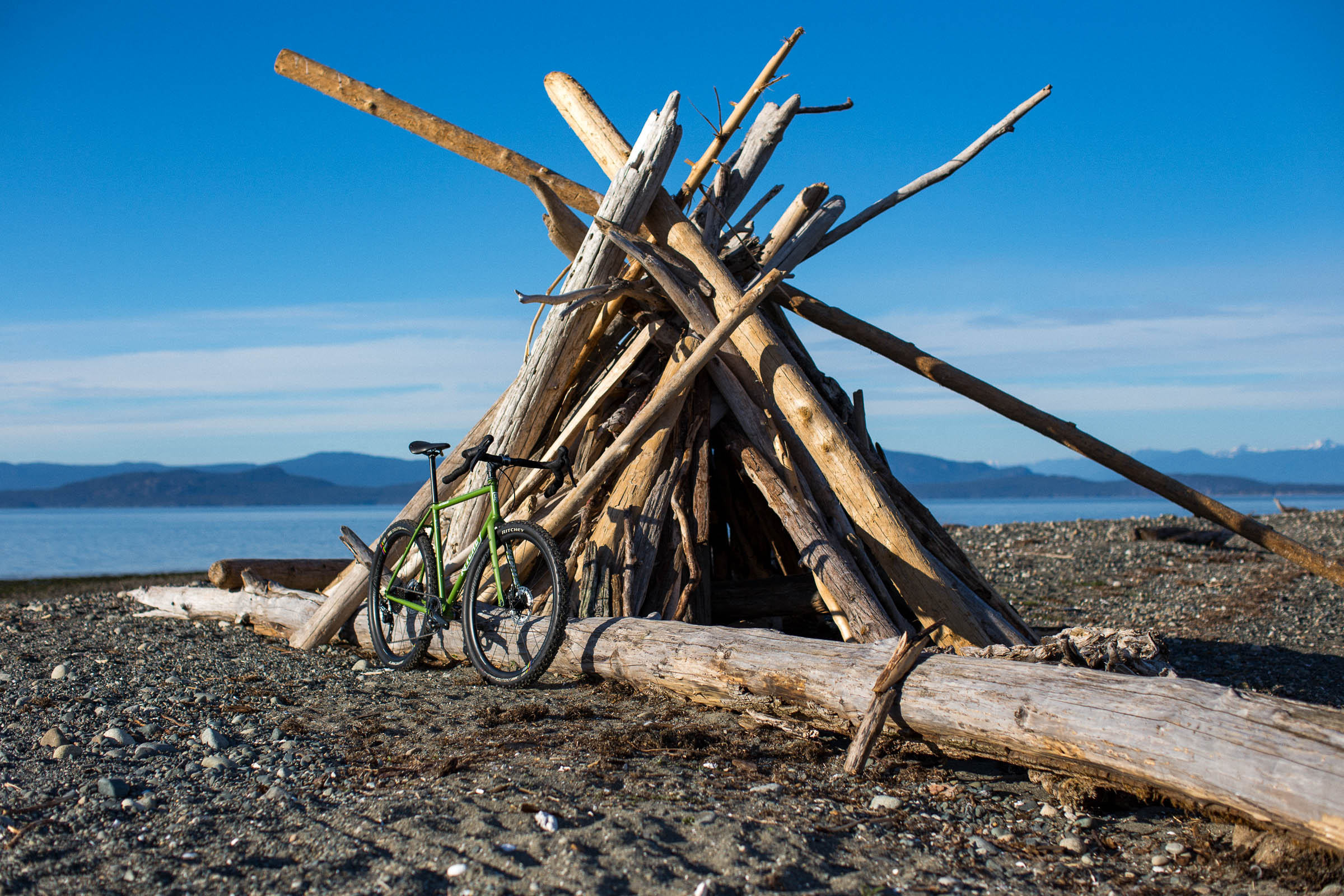

Rider Profile
Currently house sitting on Vancouver Island in British Columbia, Miles enjoys riding flowy singletrack, exploring service roads, and often finds himself further from home than he planned. He’s currently on day six of the wheelie challenge! The 2020 Ritchey Outback was loaned to Miles for this review.
- Height: 6’1” (185 CM)
- Weight: 185 lbs (84 KG)
- Inseam: 33” (83.8 CM)
- Current Location: Parksville, British Columbia
- Daily Driver: Why Cycles S7
- Favorite Route: Vapor Trail
Please keep the conversation civil, constructive, and inclusive, or your comment will be removed.






